-
Men Reading Newspapers In Children’s Fiction
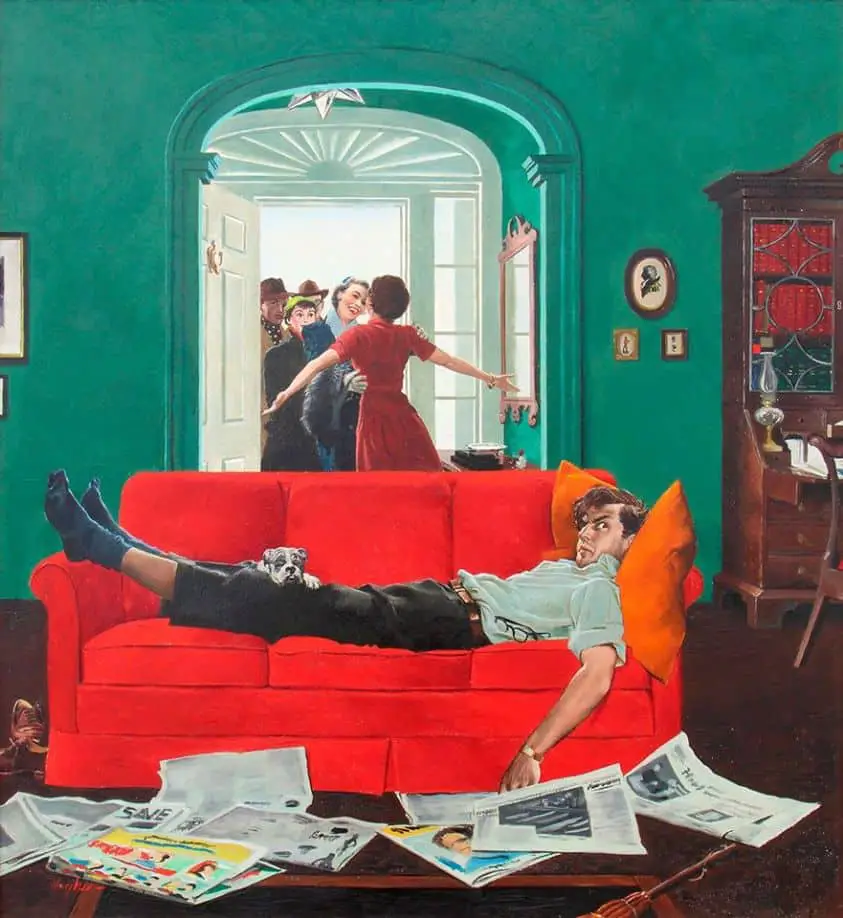
Boys studying for GCSEs were more likely than girls to read print products such as comics, with 38% saying they read newspapers at least once a month compared with 30% of girls of the same age. The Guardian In illustrations, men typically read newspapers. Women either read magazines, or busy themselves serving breakfast. The following…
-
The Three Little Wolves And The Big Bad Pig by Eugene Trivizas and Helen Oxenbury Analysis
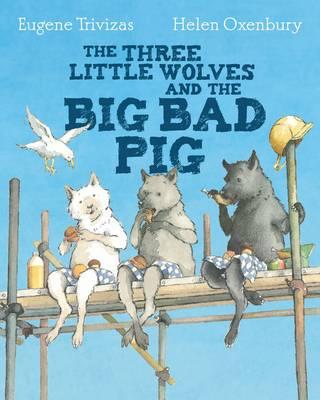
The Three Little Wolves and the Big Bad Pigs is not only an inversion on the classic tale, but also a subversion of the message. Basically, this is a fable for a rape culture world. PARATEXT Back in 1993, this book was a best seller and did well in a number of big prizes. Most of…
-
The Golden Ages of Children’s Literature
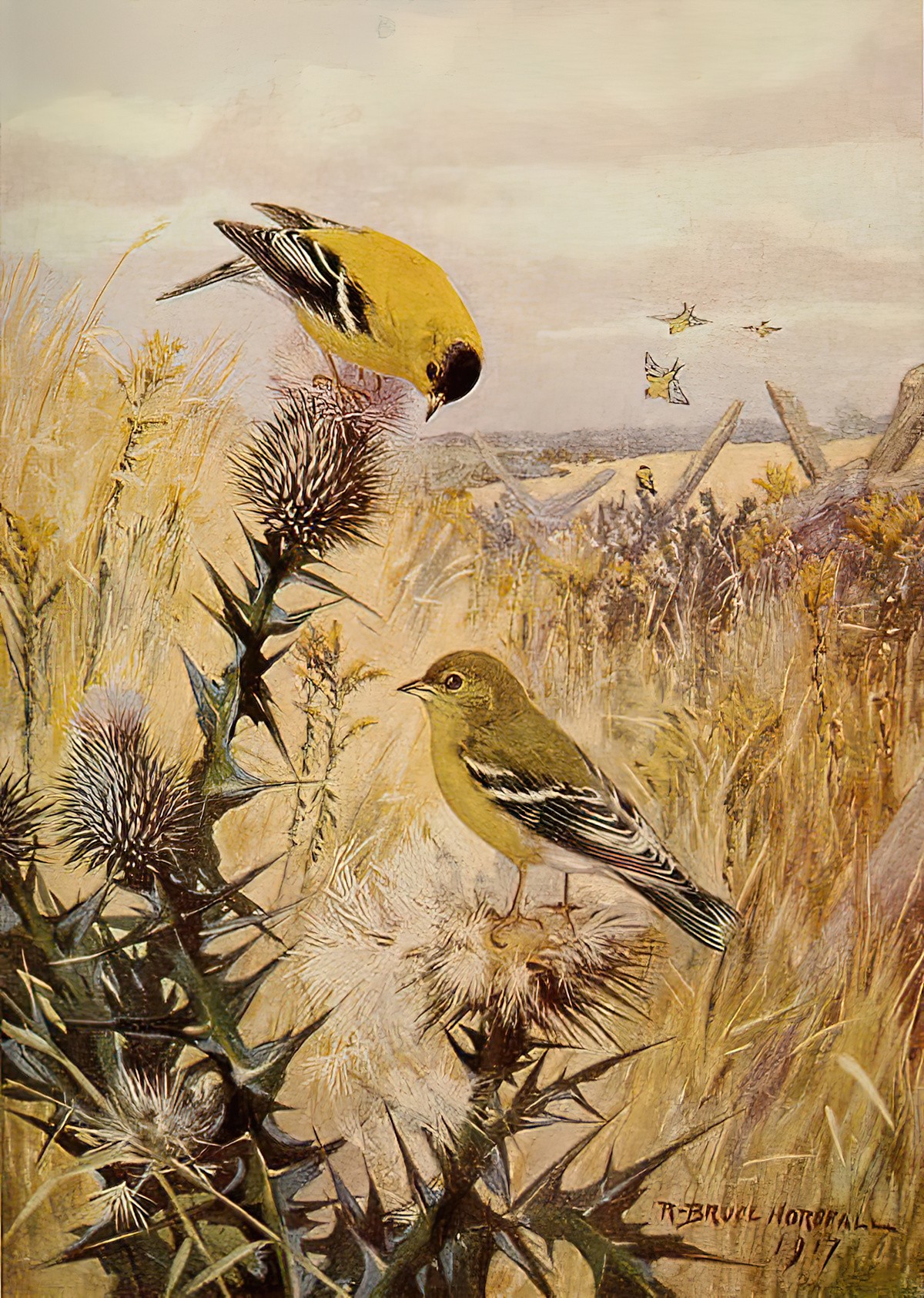
We are now in what’s known as The Third Golden Age of Children’s Literature. Naturally the First and Second Golden Ages came before.
-
It’s The Bear! by Jez Alborough Analysis
It’s The Bear! by Jez Albrough is one of our daughter’s favourite picture books. She loved it when she was three, and still loves it even though she is now seven. It’s The Bear! is the second of Jez Alborough’s three hugely successful bear books from the 1990s. Published in 1996, It’s The Bear came…
-
Mice in Children’s Literature
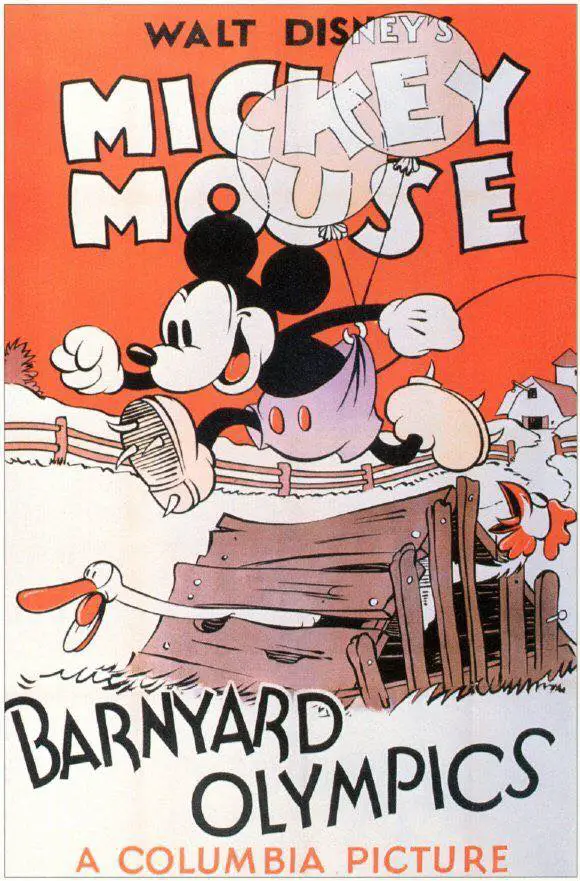
Mice are widely represented in folktales, both as protagonists and as helpers. Apparently, there is a subconscious identification on the part of children’s writers of a small and helpless child with one of the smallest animals, also know—maybe without reason—for its lack of courage.
-
Animal Stories In Art and Storytelling
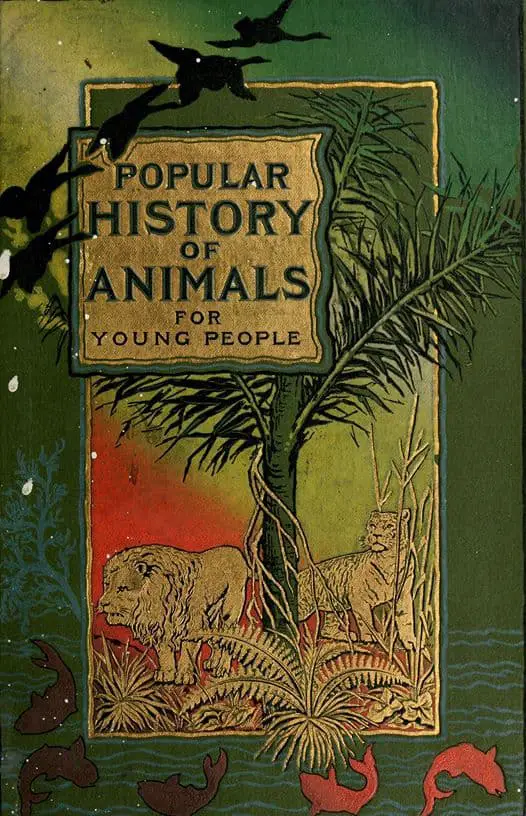
Why are there so many animal characters in children’s literature? A better question might be: Why so many humans? As Barbara Ehrenreich observes when writing about a 1940s discovery of cave paintings, early humans spent much more time rendering their cave wall paintings of animals. The humans are ‘humanoid’: crude stick figures. If the Paleolithic…
-
Utopian Children’s Literature
The word ‘utopia’ means different things to different people and even comes from two different words. In modern English, we colloquially use ‘utopia’ to mean our own version of a perfect society. Philosophers go deeper. For example, Nassim Nicholas Taleb defines a utopia as a society built according to some blueprint of what “makes sense”.…
-
I Want My Hat Back by Jon Klassen Analysis
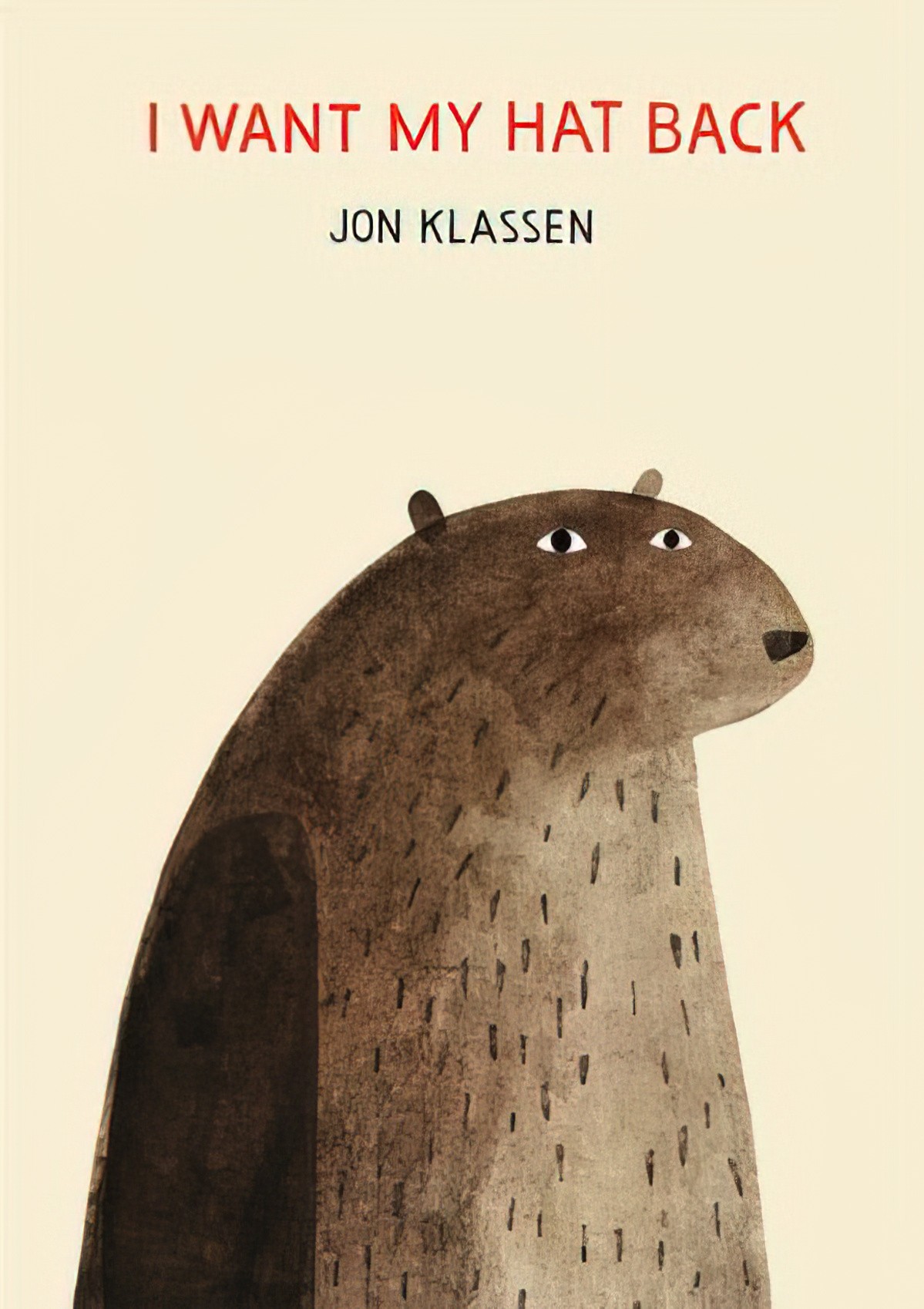
I Want My Hat Back (2011) is one of a trilogy of books written and illustrated by Jon Klassen. The plots are not linked and the characters are different. But they all feature hats. The other two are This Is Not My Hat and We Found A Hat. Holly Storck-Post at SLJ recommends these Jon…
-
Goodnight Moon by Margaret Wise Brown Analysis
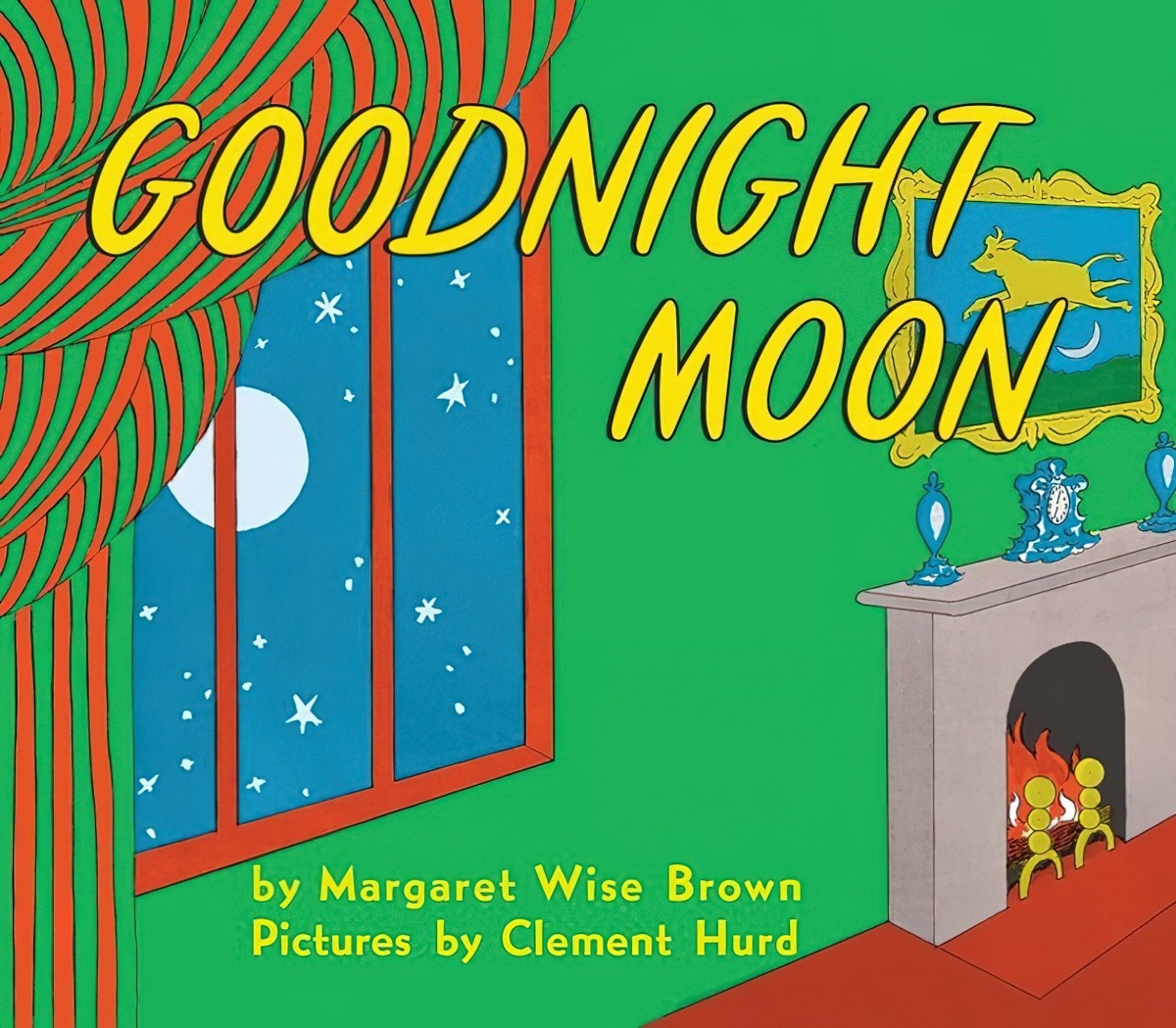
Goodnight Moon is an American picturebook classic, and is of particular interest because who would’ve thunk it? Margaret Wise Brown had a talent for creating odd-duck prose which went down a treat (and still does) with the preschool set. But is this book only of value for toddlers? Never. PARATEXT In a great green room, tucked away…
-
Teach With Picturebooks
What’s true of short stories is true of picture books: You should read short stories because each one will give you the full narrative hit—beginning, middle and end—in double-quick time. You’ll get all—well, most of—the satisfaction of a novel, in one small package that might use up 15–20 minutes of your time. Short Stories and…
-
Rosie’s Walk by Pat Hutchins Analysis
Rosie’s Walk is an influential picture book by Pat Hutchins, first published in 1986. This book is notable for its large ironic gap between pictures and text: The text is a pedestrian story in which nothing remarkable happens. The pictures show several near death experiences. Separately, Rosie’s Walk is designed to teach young readers dimensional…
-
The Size and Format of Picturebooks
How does the binding of a book affect reader expectations? What about the size? The actual individual appearance of of individual books is just as obvious an example of how prior expectations control our responses to stories; it influences our attitude to the stories the books contain before we even begin to read them. We…
-
Z Is For Moose by Kelly Bingham and Paul O. Zelinsky Picture Book Analysis
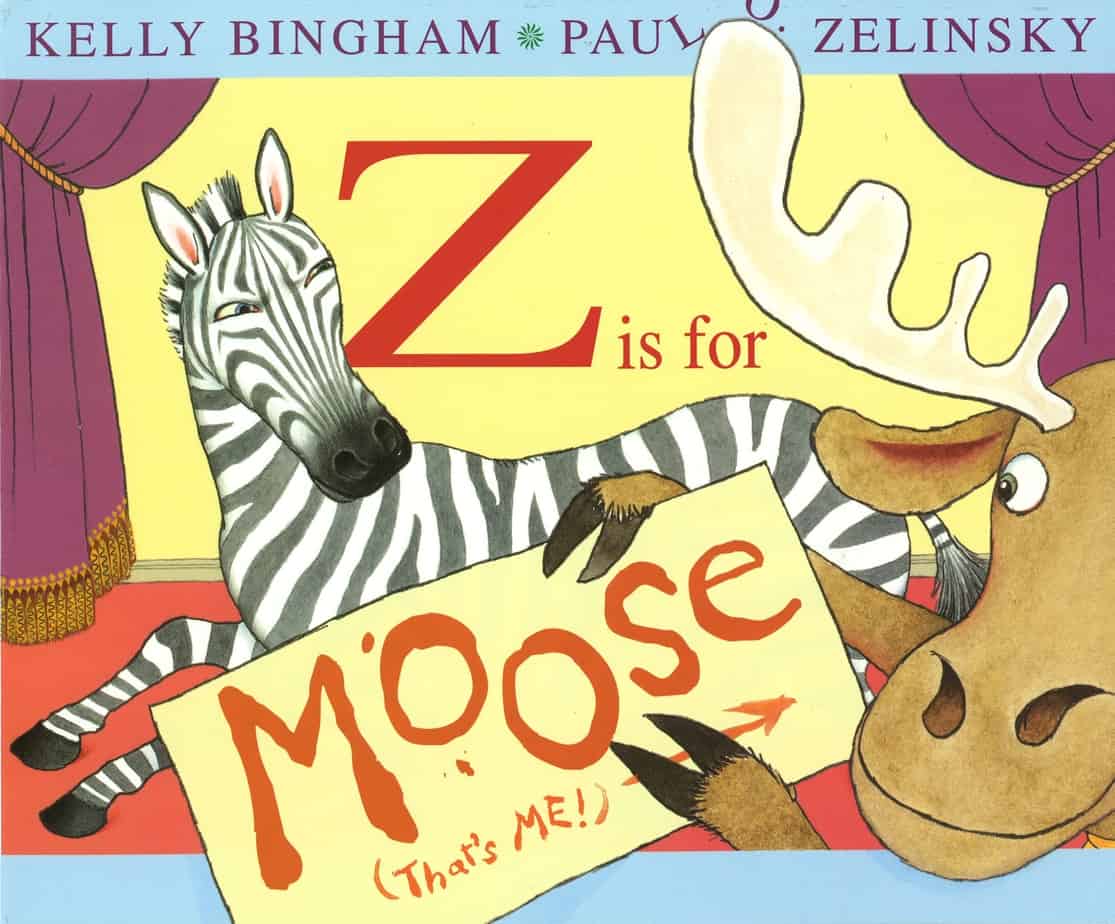
Kate de Goldi discusses Z Is For Moose on Radio New Zealand and has trouble not laughing. (This is what made me buy the book.) There is something inherently funny about a moose. Is it the bulbous snout, or the slightly onomatopoeic name? (I’m not sure what real-world sound the word ‘moose’ makes, but it…
-
The Symbolism of Seasons
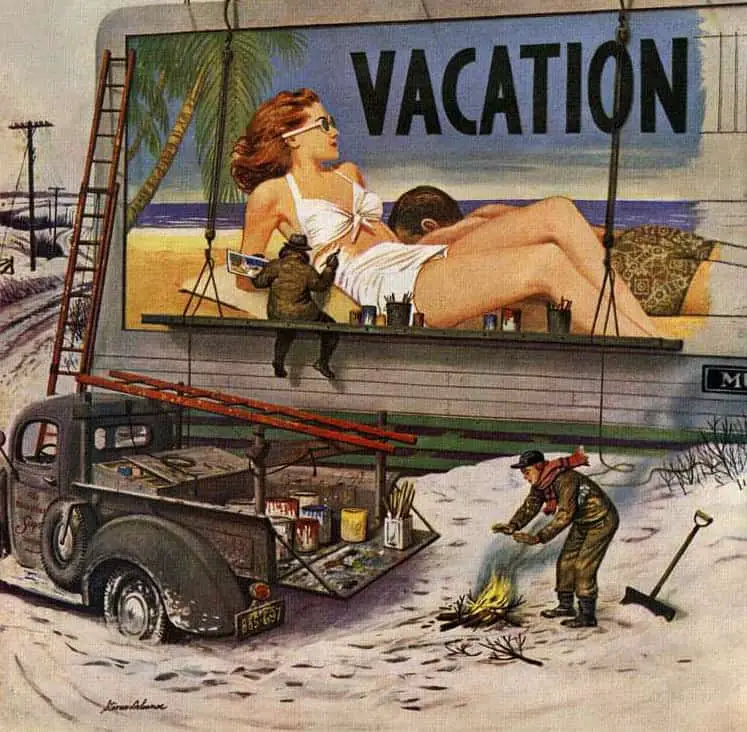
In stories for children, as in stories for adults, emphasis on the seasons and the circular nature of time gives a story a feminine feel. Each season carries its own symbolism, but it’s not a clear delineation. Why do we associate cycles and seasons with femininity? Who better to teach us something than Dwight Schrute?…